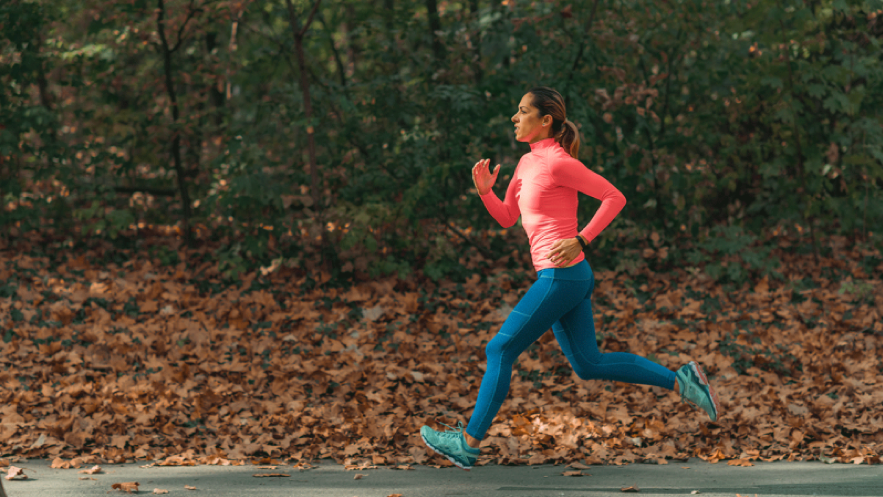The Active Life: A Blueprint for Energy and Longevity
n today’s fast-paced world, maintaining an active lifestyle is no longer a luxury but a necessity. The benefits of regular physical activity extend far beyond physical fitness, touching every aspect of our lives, from mental clarity to emotional well-being. “The Active Life” isn’t just about exercise—it’s a holistic approach to cultivating energy and longevity through movement, mindfulness, and balance.
Building Energy Through Movement
At its core, an active life begins with movement. Physical activity, whether it’s a brisk walk, yoga session, or high-intensity workout, stimulates the body and mind. Exercise increases blood flow, delivering oxygen and nutrients to muscles and tissues, which enhances overall vitality. Additionally, it releases endorphins—the body’s natural mood elevators—helping to reduce stress and foster a sense of happiness and calm.

Regular movement also combats fatigue by improving cardiovascular efficiency. A stronger heart and healthier lungs mean the body requires less effort to perform everyday tasks, leaving you with more energy to tackle life’s demands. Even small changes, like taking the stairs instead of the elevator or stretching during breaks, can significantly boost energy levels over time.
Enhancing Longevity Through Consistency
Living an active life doesn’t require extreme measures; consistency is the true key to longevity. Studies have repeatedly shown that regular physical activity reduces the risk of chronic illnesses such as heart disease, diabetes, and certain cancers. It strengthens bones, improves flexibility, and maintains joint health, allowing individuals to stay mobile and independent as they age.
Moreover, exercise plays a crucial role in cognitive health. Activities like dancing or aerobics, which combine physical movement with mental focus, help preserve brain function and memory. For older adults, staying active can delay the onset of age-related cognitive decline, contributing to a higher quality of life in later years.
The Holistic Approach to an Active Life
While physical activity is essential, “The Active Life” goes beyond just movement. Nutrition, sleep, and stress management are equally vital components of this blueprint. A balanced diet fuels the body, providing the energy needed to sustain an active lifestyle. Adequate sleep allows muscles to recover and the mind to recharge, while mindfulness practices, such as meditation or deep breathing, help maintain emotional equilibrium.
Social connections also enhance the active life. Joining a fitness class, participating in group hikes, or simply walking with a friend fosters a sense of community and accountability. These connections can make the journey toward energy and longevity more enjoyable and sustainable.
Practical Tips for Embracing The Active Life
- Set Realistic Goals: Start small with achievable targets, like walking 10 minutes a day, and gradually increase your activity level.
- Find What You Enjoy: Choose activities that bring you joy, whether it’s dancing, swimming, or playing a sport.
- Stay Consistent: Establish a routine that fits your lifestyle, making movement a regular part of your day.
- Listen to Your Body: Balance activity with rest to avoid overexertion and prevent injuries.
- Celebrate Progress: Acknowledge milestones and reward yourself for sticking to your goals.
A Life Well Lived
“The Active Life” is not about perfection but progress. It’s a commitment to nurturing your body and mind through thoughtful, consistent action. By embracing movement as a daily practice and integrating it with other pillars of well-being, you create a foundation for energy, health, and happiness that lasts a lifetime.
Living actively is an investment in yourself, one that pays dividends in the form of vitality and resilience. Whether you’re 25 or 75, it’s never too late to start building your blueprint for energy and longevity. The journey may begin with a single step, but its rewards are limitless.













Post Comment